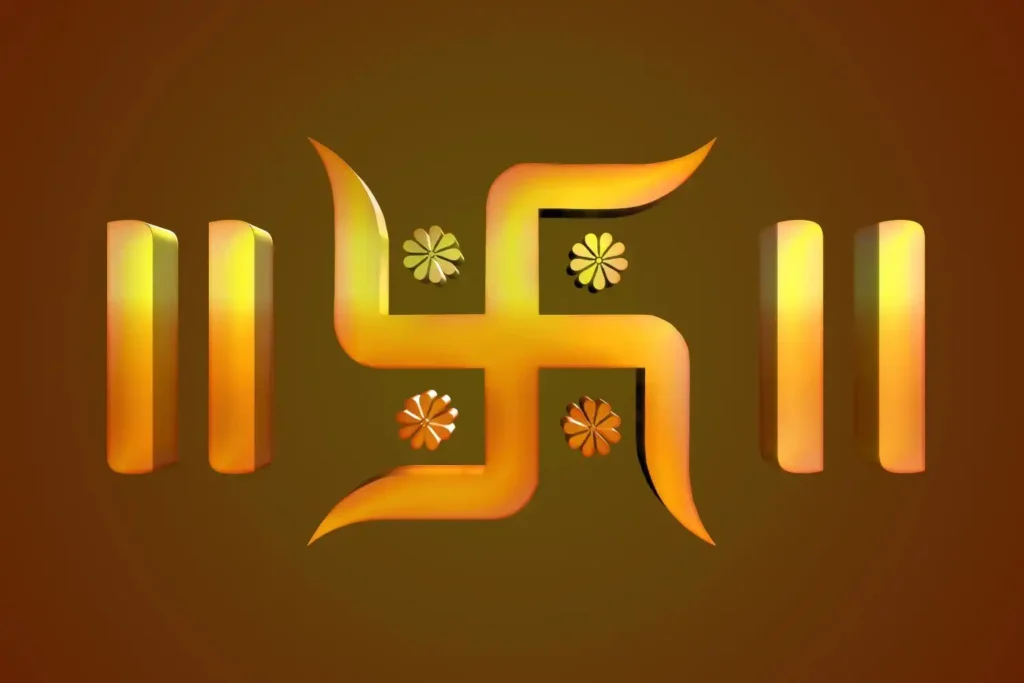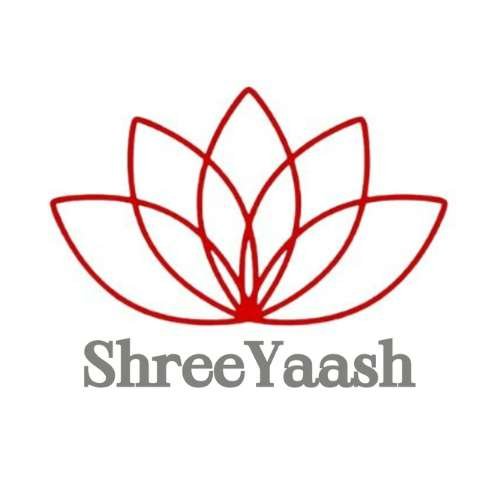Swastik Chinh Benefits A Universal Emblem of Good Fortune

Historical Origins of the Swastik Symbol
The Swastik Chinh underlying foundations can be followed back millennia, making it one of the world’s most seasoned images. Its starting points are accepted to be in the Indian subcontinent, where it was at first known as “Swastika.” The name “Swastika” is gotten from Sanskrit, with “su” signifying “great” or “favorable,” and “asti” signifying “to be” or “to exist.” The term epitomizes the image’s quintessence: a portrayal of prosperity, thriving, and energy.
In India, the Swastik image has been related with Hinduism, Buddhism, and Jainism for centuries. It is many times portrayed as a right-confronting symmetrical cross with bowed arms, making a dynamic and enthusiastic structure. The Swastik chinh is characteristically connected to Master Ganesha, the elephant-headed Hindu lord of intelligence and favorable luck. Accordingly, the Swastik is ordinarily utilized in Hindu strict customs and services. Throughout the long term, the Swastik image went a long ways past the Indian subcontinent. It advanced toward different pieces of Asia, including Tibet, China, and Japan, where it was integrated into nearby social and strict customs.
Is Swastik Chinh is Important?
Swastik sign is considered very important in Sanatan Dharma. The swastik sign attracts Mars from all four directions. The swastika sign is considered to be an indicator of good luck. By making the swastik sign with sandalwood, kumkum or vermilion, planetary defects are removed. Also, there is a sum of money gains. It is believed that Goddess Lakshmi is pleased by making a swastika sign in the house. The swastika sign is definitely made before any major ritual or havan. This sign is not only a symbol of auspiciousness, but by making it, positive energy is transmitted in the house. According to beliefs, making a swastika sign on the main door of the house keeps happiness and prosperity in the life of the person and the family. Not only this, all the auspicious works are proved by the swastika sign.
Keep these things in mind while making
The lines and angles of the swastika should be absolutely correct. Do not make and use the inverted swastika even after forgetting. If you turn the swastika upside down and are using it, it can definitely have serious consequences. Therefore, keep in mind that it is beneficial to use it only if the swastik chinh is made perfect.
How should swastik Chinh be?
Red and yellow swastik is considered the best. If you want to wear a swastika around your neck, then it is very auspicious to wear it. Especially in student life, if the swastik is worn in the neck, then concentration remains at the time of its study. Therefore, if you want to wear a swastika in the neck, you can wear a gold or silver swastika.
Swastik Chinh according to Vastu
- If you want to earn a lot of money, then you should make a swastik chinh on the wall built in the north direction of the house. You will never run out of money.
- If you want a lot of happiness in your house, then you should make a swastika sign on the wall built in the south direction of the house. This will spread happiness in your home.
- If your business is not doing well or you are constantly making losses, then you should make a swastika with a red roll on the safe. You should make this sign in the north-east direction.
- If you want to earn profit in any of your work or business, then you should make a swastika mark on the wall built in the west direction of your house. This will give you a lot of profit in business.
- If you have children studying in your house, then you should make a swastika on white paper and keep it in the children’s place of study.
Conclusion
The Swastik Symbol: A Powerful Emblem of Positivity Despite Misuse and Misconceptions, Despite being marred by misuse and misconceptions, the Swastik symbol remains a potent icon of positivity and auspiciousness. Its rich cultural history and various interpretations have contributed to its resilience and continued use in its original context. By delving deep into the significance and diverse meanings of this ancient symbol, we can better appreciate its profound cultural and spiritual heritage.

